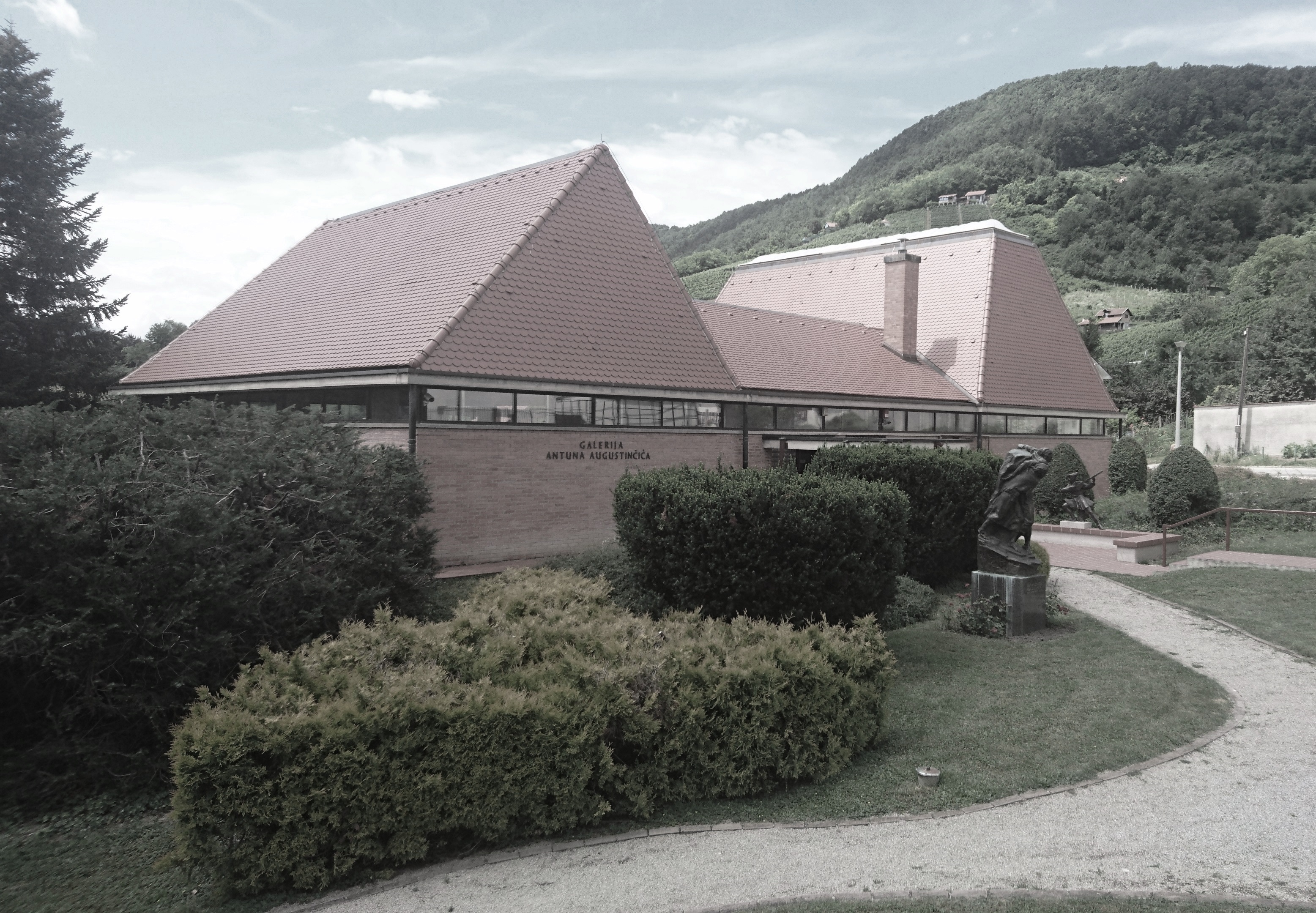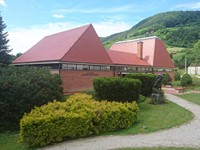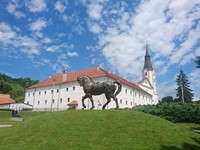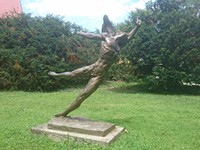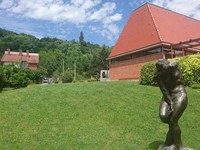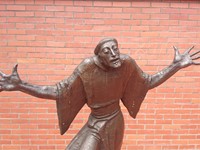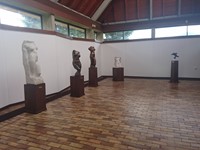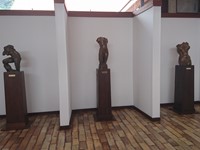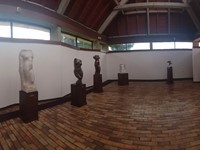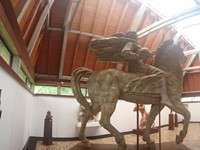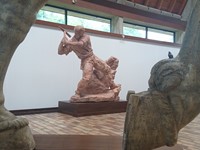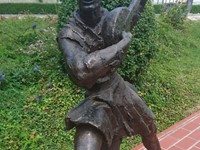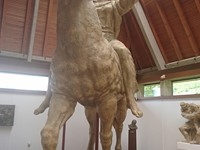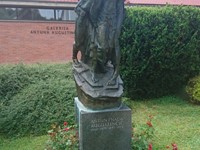The Gallery was founded in 1970, when Antun Augustinčić (1900–1979), who had studied in Zagreb and Paris to become one of the most prominent Croatian sculptors and an indispensable representative of modern Croatian art, donated his works to his native Klanjec. The donation comprised sculptures created during his 50 year career, from 1920s to 1970s, which earned him fame and reputation both at home and abroad.
The Gallery building was designed by Ante Lozica. It was opened for public in the spring of 1976 with an exhibition of representative works selected by the author/donor himself. In the autumn of 1976 the Gallery met all the necessary requirements and became a museum. In the summer of 1992 it became part of a new institution, Museums of Hrvatsko zagorje, which has four other museums under its umbrella.
Current display is based on the permanent exhibit from 1990 which was the result of a two-stage development of the original exhibit by Augustinčić. The display reflects a thematic and comparative approach to his works. It comprises two mutually dependent wholes: the indoor display of intimate sculptures, portraits, and public monuments, and the outdoor sculpture park surrounding the Gallery.
Antun Augustinčić, known to the general public for his colossal public monuments such as Peace standing next to the UN building in New York and Monument to the Peasants Revolt and Matija Gubec in Gornja Stubica, is thus represented as an accomplished master of intimate sculptures, especially nudes and torsos of women and children, as well as portraits of great strength, psychologic articulation, and sculptural expression.
Along with its services as a museum, the Gallery pursues development of other areas, such as publishing and exhibitions: the Annals journal is published since 1981, and the exhibition Salon was established in 1983. Works donated by exhibiting artists now make the Salon Collection which is on permanent display in the Gallery Studio on 2 Ivan Broz Street.


